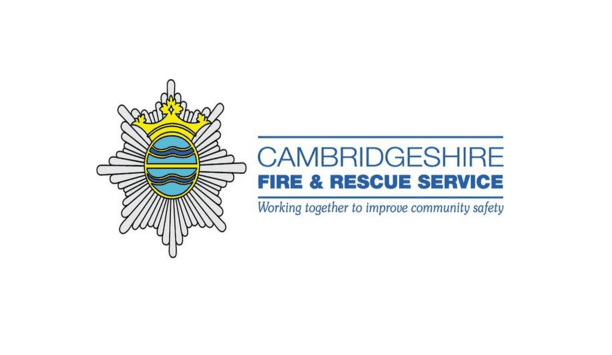FCF is diving into something crucial that everyone needs but might not think about every day: fire extinguisher testing. Yep, those trusty devices hanging around quietly, ready to leap into action if things get heated.
Let's start with the rulebook - and in Australia, that's the Australian Standard AS 1851. It's like the Jedi code for fire safety, laying down the law on how often they should be giving the fire extinguishers a little TLC. So, grab a cuppa, settle in, and let's demystify the safety rulebook together.
Portable fire extinguishers
Think of them as the guardians making sure the trusty sidekicks are always ready for action
Now, picture this: certified technicians on a mission. These are the heroes who sneak into the spaces for routine inspections.
They're not just checking for leaks and pressure levels; they're the Sherlock Holmes of fire safety, scrutinizing every nook and cranny of those extinguishers. Think of them as the guardians making sure the trusty sidekicks are always ready for action.
Aussie Standards for Fire Extinguisher Testing: Before they get into the nitty-gritty, let's talk about the rules of the game. In Australia, when it comes to fire extinguisher testing, one of the key players is the Australian Standard AS 2444. This standard serves as the guiding light, detailing the procedures and requirements for the routine service of portable fire extinguishers.
Routine Fire Extinguisher Testing Procedure
So, what goes on during these routine tests? Picture this as the spa day for the trusty fire extinguisher. Certified technicians, like the personal trainers for the safety gear, carry out a series of checks.
They inspect the pressure levels, ensuring the extinguisher isn't feeling deflated. They look for any signs of leakage or wear, making sure the sidekick is in top-notch condition. It's like a thorough health check for the unsung hero on the wall.
- How Often Should the Schedule a Fire Extinguisher Inspection?
According to Australian standards, routine inspections should be carried out every six months
Now, let's talk timing. How often should they be giving their fire extinguisher some love? According to Australian standards, routine inspections should be carried out every six months.
Yep, twice a year - kind of like those regular dentist appointments they all know they should keep. This frequency ensures that the extinguisher is always ready for action, standing guard without any hiccups.
Decoding AS 2444
Decoding AS 2444: The Australian Standard for Fire Extinguisher Servicing: Ever heard of AS 2444? This is the go-to document for anyone serious about fire safety in Australia.
It outlines the specific requirements for portable fire extinguisher servicing, including inspection, testing, and maintenance. If they want the lowdown on how to keep the extinguisher in tip-top shape, AS 2444 is the rulebook they'll want to flip through.
AS 2444 and Six-Month Inspections
AS 2444 aligns with the six-month inspection frequency they mentioned earlier. This standard ensures that certified technicians follow a consistent and comprehensive approach when conducting routine fire extinguisher tests.
By adhering to AS 2444, they not only meet regulatory requirements, but also elevate the effectiveness of the fire safety measures, contributing to a safer Mackay community. They've taken a deep dive into the world of fire extinguisher testing in Mackay, unraveling the procedures, the recommended inspection frequency, and the ever-important Australian Standard AS 2444.
Australian Standard AS 2444
Fire safety isn't just a set of rules; it's a commitment to the collective well-being
Remember, fire safety isn't just a set of rules; it's a commitment to the collective well-being. By understanding the routine testing procedures and following the Australian standards, they're not just ticking boxes - they're actively contributing to a safer Mackay.
So, the next time they glance at that fire extinguisher on the wall, remember the certified technicians at "Fire Services Mackay" and the Australian Standard AS 2444 working behind the scenes to keep them all safe.
Regular inspections every six months might sound like a chore, but they're the unsung heroes ensuring the trusty extinguishers are ready for action when it matters most.
fire safety
In Mackay, safety isn't just a buzzword; it's a shared responsibility. Let's keep the conversation going, make fire safety a part of the community dialog, and ensure that each extinguisher stands as a testament to the commitment to each other's well-being.
Because here in Mackay, they look out for each other. Stay safe, stay informed, and let's keep the community fire-ready!















